The right spices transform a boring, easy meal into a flavorful, five-star feast. Whether it's an extra burst of heat here or a subtle, earthy- freshness there, simple spices and herbs make even cheap meals taste gourmet.
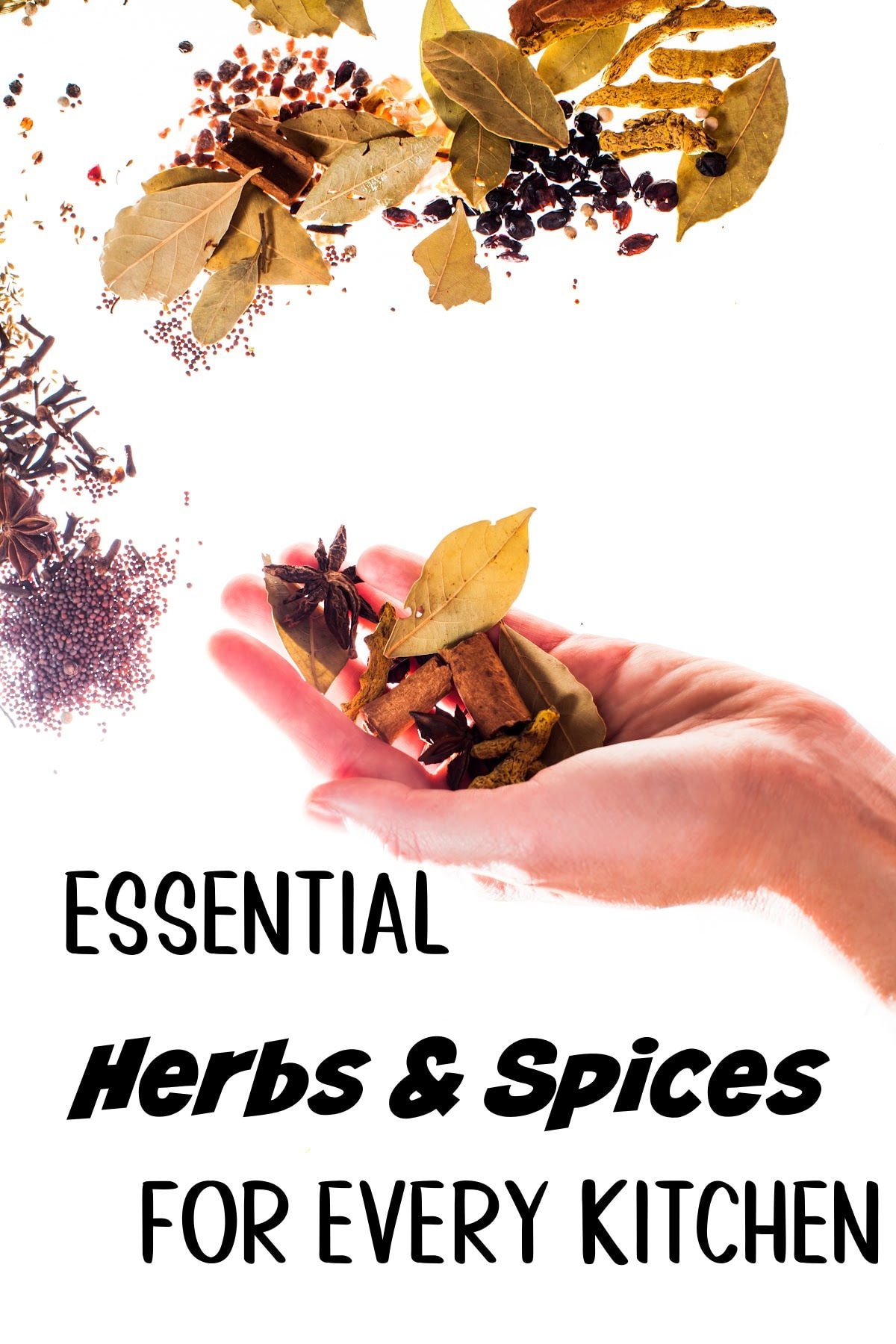
Table of Contents
Today, we'll discuss the must-have spices and herbs every kitchen needs. No matter what you're cooking, you'll learn how to choose versatile spices, how to store them, and discover which ingredients make the perfect addition to your favorite meals.
🥫 Storage
Dried herbs and spices can add a lot of flavor to your dishes—as long as they're stored properly, that is.
Always keep spices tightly covered and in a cool, dry place. Though your spice rack might look pretty in front of your little kitchen window, avoid direct sunlight.
Glass containers are a great way to prevent strong-flavored spices from transferring their flavor to milder spices. It's also nice to be able to see at a glance which spice you're grabbing, without searching for labels.
Ground spices lose their flavor over time and should be tossed after about 6 months.
Whole spices last longer than ground spices. They'll last for years when stored in a cool, dark place.
Fresh herbs, on the other hand, are a little trickier to store for long periods of time. For herbs still attached to stems (like cilantro or chives) store them in the fridge in a small cup of water.
Otherwise, wrap fresh herbs in a damp paper towel and then place them gently into a plastic bag. Keep the bag open and refrigerate until you're ready to cook.
💭 Things to know
Expert Tip: Dried herbs and spices don't have a very long shelf life, so it's best to buy small quantities at a time! Avoid the temptation to stock your spice collection with those huge, wholesale store containers.
- An easy way to buy small amounts of spices is to visit a store like Whole Foods. Shop the bulk section to buy as much or as little as you need.
- With some dried herbs (like oregano and parsley) you can increase the depth of flavor by rubbing them between your fingers. This helps release the flavorful oils that hide deep inside the little leaves.
- When adding flavor with dried spices, a little often goes a long way. Start small, at first. You can always add more spice as you taste test.
- Most "sweet" spices aren't actually sweet at all. For example, cinnamon is great in sweet treats as well as savory dishes.
- Don't sprinkle spices straight from their jar over a steaming or boiling pan. (Use a measuring spoon, instead.) The moisture from the steam can introduce bacteria into the container and ruin your remaining spice.
Spices & Herbs Every Home Cook Needs
If you're venturing into the world of everyday cooking, you might be intimidated by all of the spice options out there.
Good news! This collection of essential spices and herbs helps you learn how each is used. So, you can easily decide which of the many different spices you want to try first.
Though more of a cooking "building block" and less of a spice, we'll also discuss the different types of salt and pepper.
Allspice
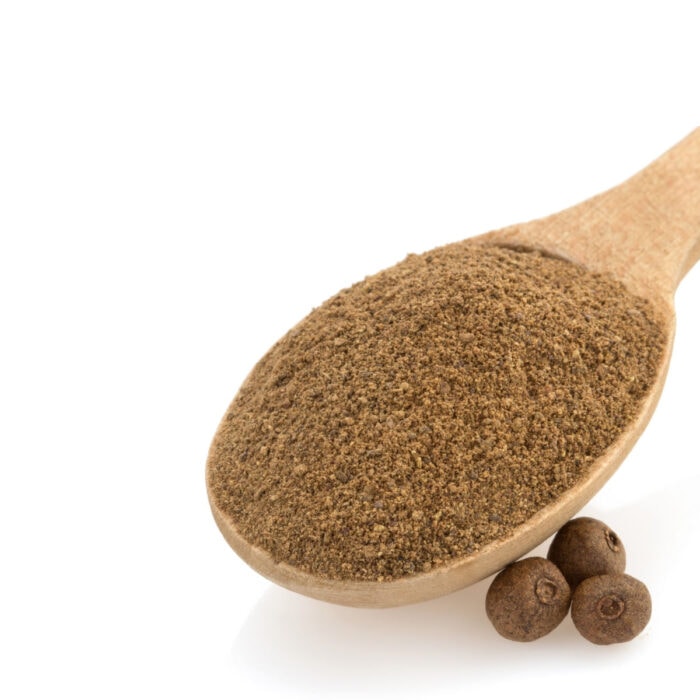
Allspice is a peppery, warm spice. It's similar to the flavors of cinnamon, nutmeg, and clove—which, some say, is how the spice got its name.
Allspice isn't just a good addition to sweets, like gingerbread cookies. It's also used to add warm, fragrant flavor to savory recipes, like Jamaican jerk chicken.
Basil
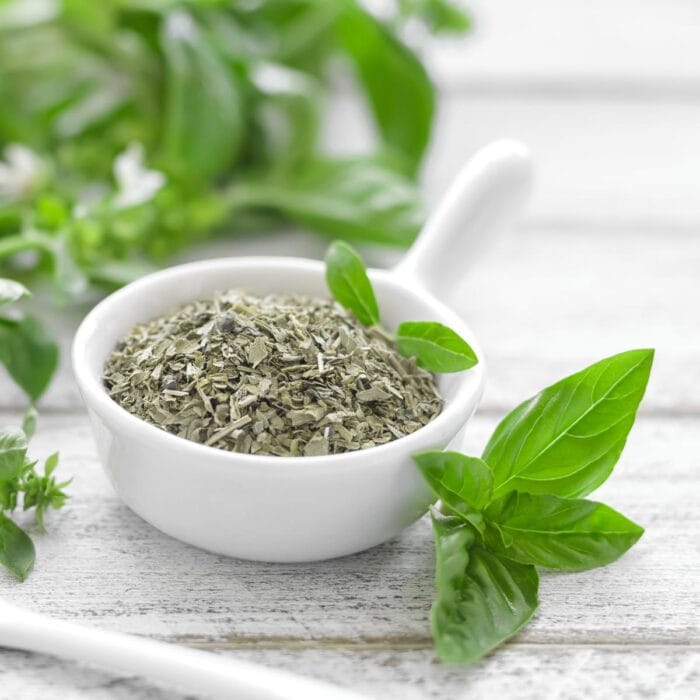
Basil is one of the most popular herbs in the world. Dried, it's used in tomato-based dishes and Italian dishes, like Chicken Cacciatore. Fresh basil is tasty in salads and on pizza!
Hint: for the best flavor, rub the dried leaves between your palms before sprinkling them over a dish.
Bay Leaves
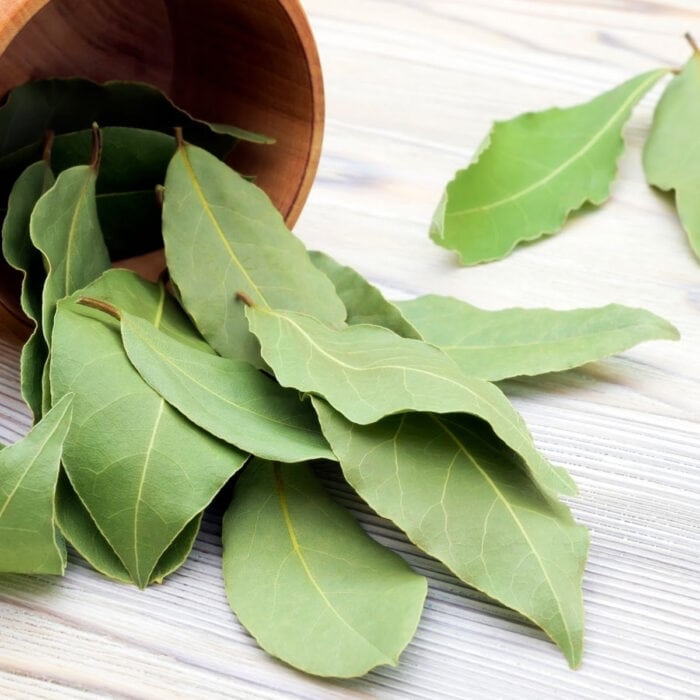
One of the staples of French cooking, bay leaves add tons of flavor to savory dishes that simmer for a long time, like soup, stew, and pot roast. However, you generally remove the leaf before serving the dish.
Fun fact: bay leaves keep bugs out of your flour and off your pantry shelves!
Caraway Seeds
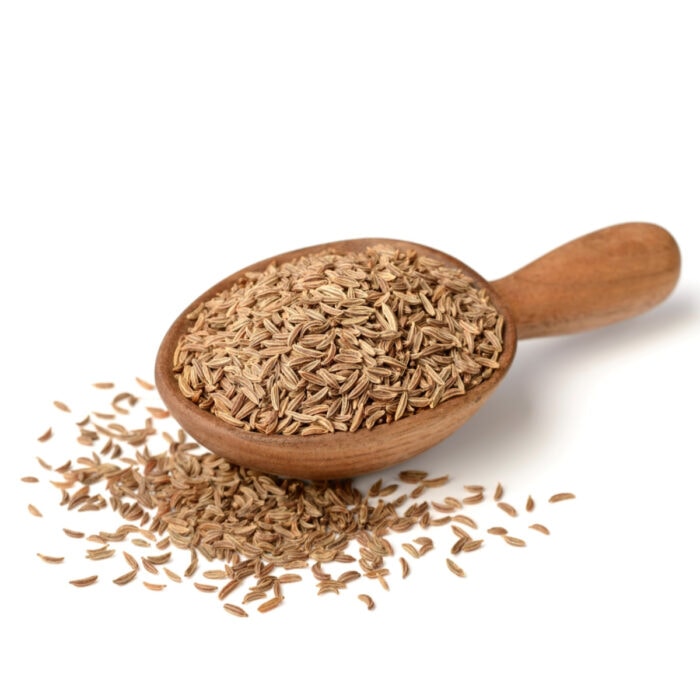
Caraway seeds are perhaps most well-known on top of Jewish rye bread. Their nutty, citrusy flavor has hints of anise, which pairs well with plenty of other foods.
If you're not in the mood for a Reuben sandwich, try caraway seeds in stew, soup, or even a cocktail.
Cardamom
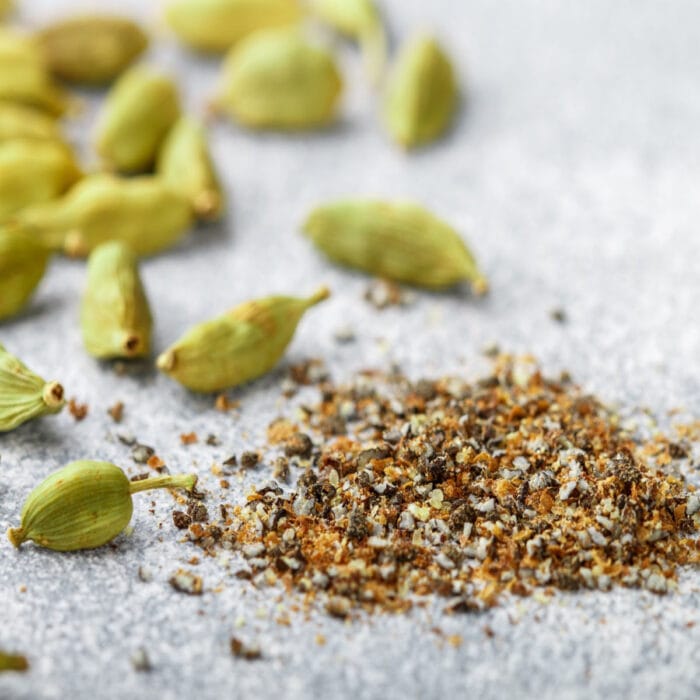
Cardamom is a versatile spice that adds minty, citrusy notes to sweet dishes, like Black Velvet cupcakes and chai tea, as well as savory ones. Give this cocoa cardamom steak rub a try!
You'll get the most flavor from fresh cardamom pods. However, if you don't want to pull out the spice grinder, you can buy ground cardamom.
Cayenne
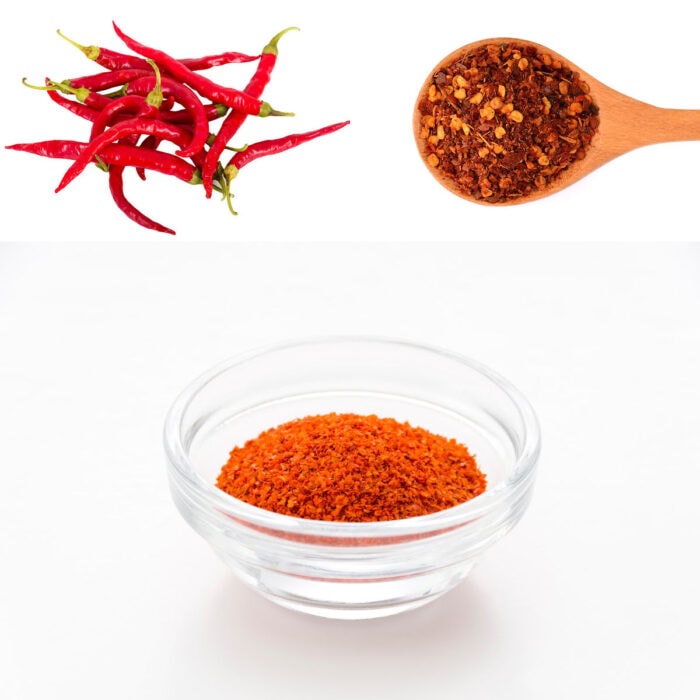
Cayenne pepper is a versatile spice that we love here in the South. It's made from dried red chili peppers.
Cayenne doesn't have to be saved for hot-heat lovers. A smaller pinch adds a lovely, warm flavor that everyone can enjoy.
Use it in everything from a pot of chili to fried chicken and even chewy cinnamon cookies!
Chives
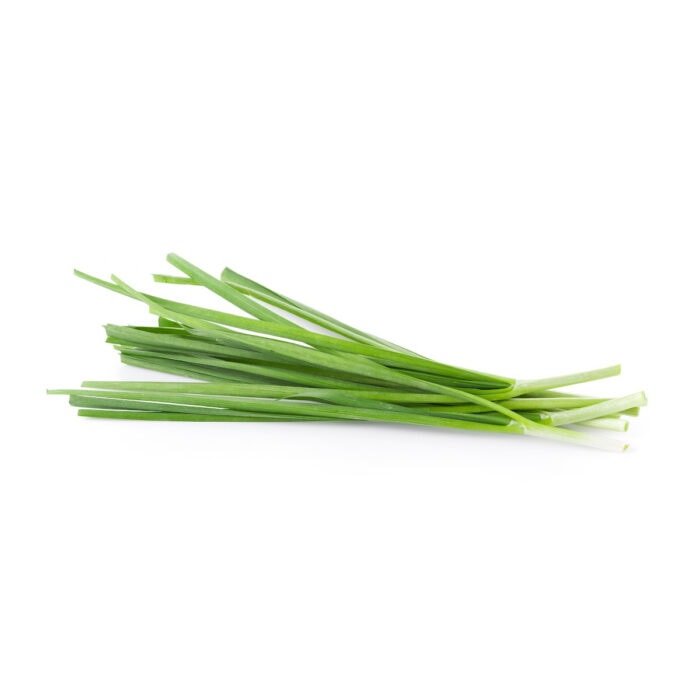
Chives are thin, green stalks that, if you look too quickly, you might mistake for grass!
They give milder foods a fresh, oniony flavor and go great with buttery sauces, potatoes, seafood, eggs, and quiches.
Hint: Heat tends to destroy the subtle flavor of chives. So, whether using dried or fresh, do so as a garnish just before serving your meal.
Cilantro
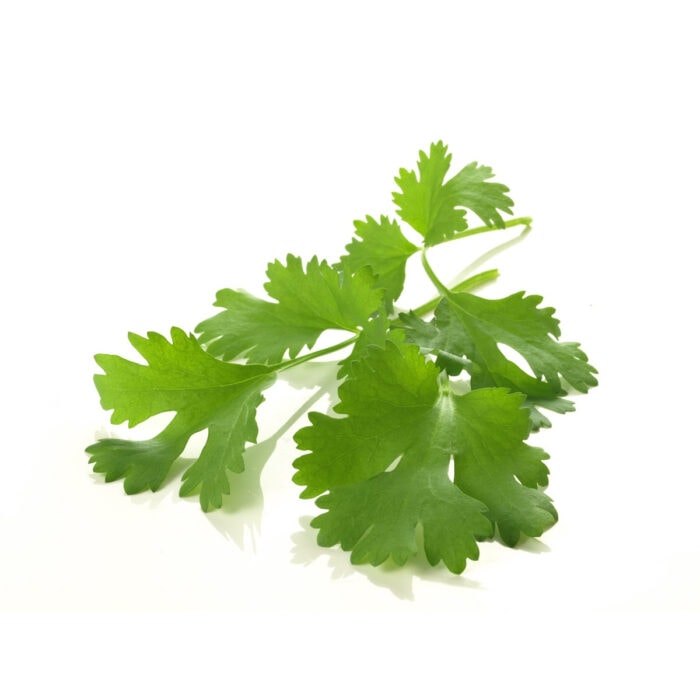
Cilantro is one of those herbs that you seem to either love or... not love. Fans of the leafy green herb can't get enough of its citrusy, fresh taste.
If you like to cook spicy food, both dried and fresh cilantro add a cool, complementary flavor. It's fabulous with tacos, rice, chili, enchiladas, burritos, and in chimichurri sauce!
Cinnamon
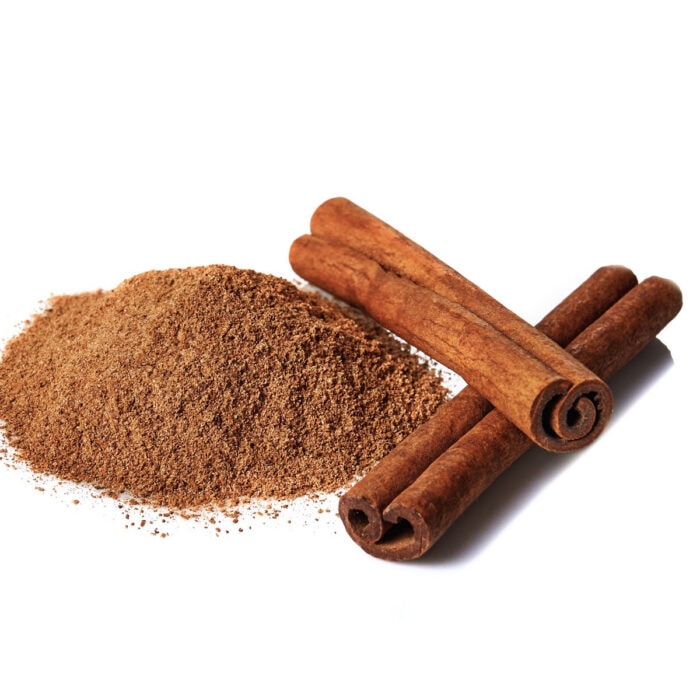
When it comes to cinnamon, you've got options!
Ceylon cinnamon is mild with a citrus flavor. China Tung Hing has a strong, sweet, and spicy taste. Korintje is sweeter and mellow. Vietnamese cinnamon is very intense, with a spicy and sweet kick—it's my favorite in buttermilk cinnamon bread.
Cinnamon sticks are hard to grind properly, so I recommend buying ground unless your recipe calls for otherwise.
Cloves
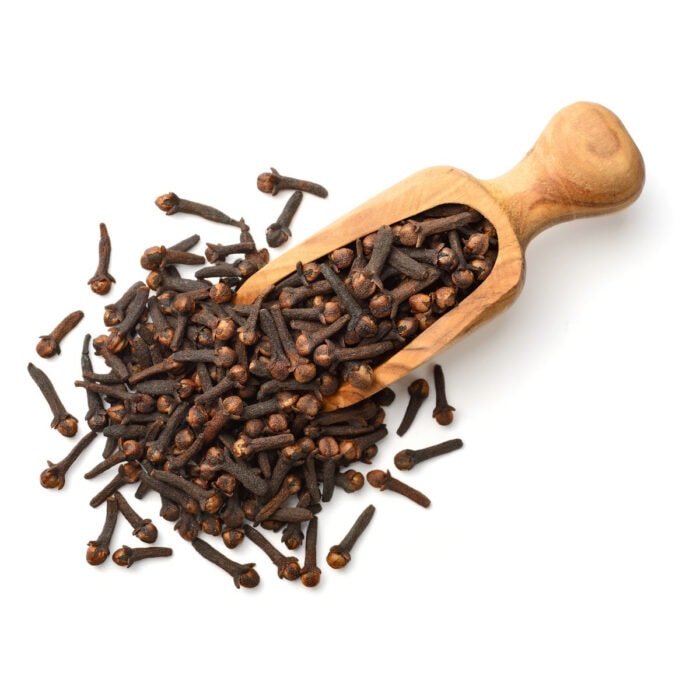
Cloves are cinnamon's spicy sidekick. They add a sweet, yet slightly bitter flavor to balance out baked goods. You'll find cloves often in fall treats like gingerbread waffles!
However, like most spices, it goes great in savory meals, too. Add ground cloves to Indian dishes, with tomatoes, and in homemade catsup.
Coriander Seeds
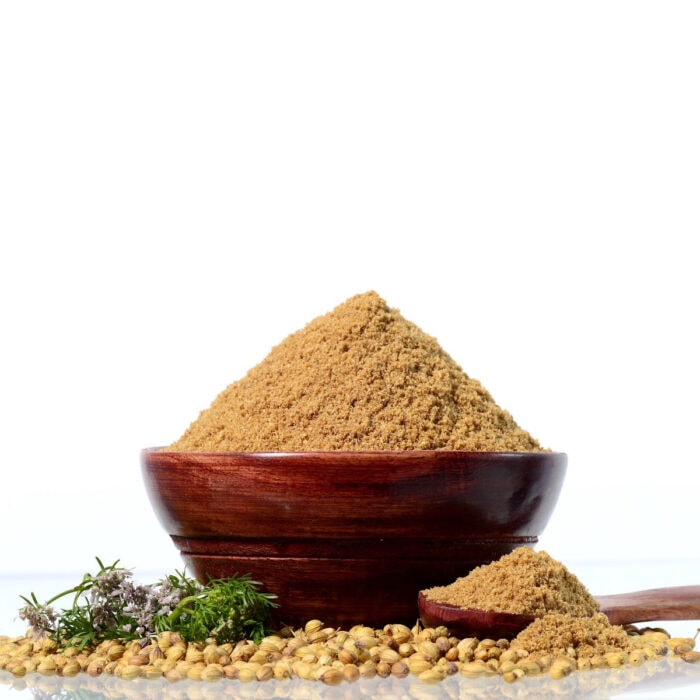
Coriander seeds come from the coriander plant—the same plant whose leaves we call cilantro!
However, the similarity stops there. Coriander seeds taste a bit like white peppercorns, with a milder, slightly spiced flavor.
Toasted and ground coriander deepens the flavor of curry paste, soups, and stews, especially those flavored with cumin and garlic. Try it in this delicious and versatile Texas dry rub.
Cumin
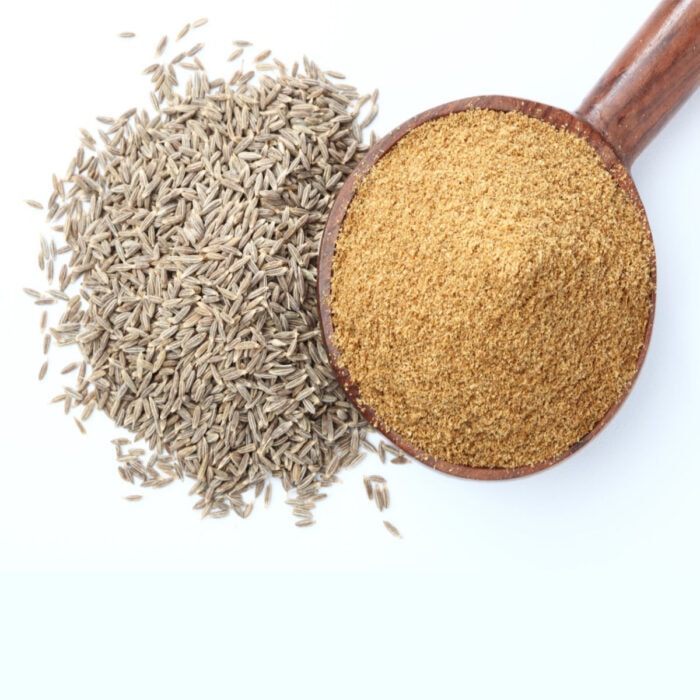
In most grocery stores, you can buy whole cumin seeds or, the more common option, ground cumin. It is a must for Mexican dishes and many Asian cuisines, too.
Cumin tastes like the warm flavor of summer. It's a good choice in chili, beans, pork, meats of all kinds, cheese dishes, potatoes, soups, stews, and almost anything else.
Dill
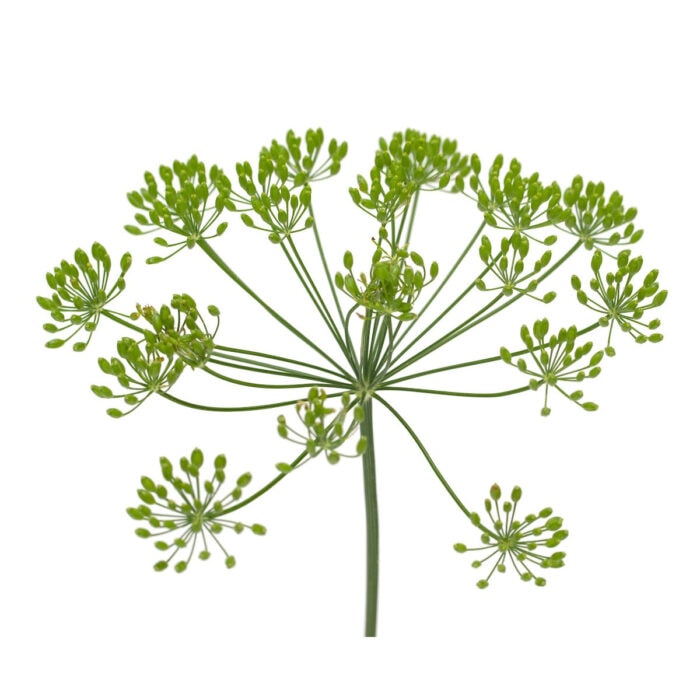
Dill is a small, green, aromatic herb that is a key ingredient in Mediterranean cooking.
It's a fabulous way to make vegetable dishes taste fancy, add flavor to fish, and it tastes awesome in quick homemade salad dressings, too. It's perfect in this refrigerator pickled okra.
Combine some olive oil, lemon juice, dill, and a little salt, and you've got a fabulous dill dressing!
Garlic
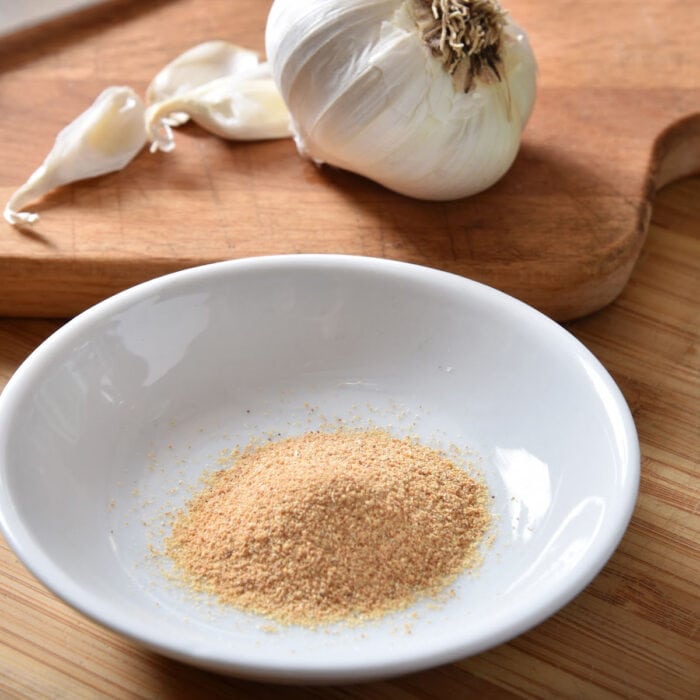
Fresh garlic is fragrant and milder than garlic powder. Both, however, are delicious and extremely versatile.
Use minced fresh garlic in tomato sauces, stews, stir-fries, and garlic butter spread.
Opt for garlic powder when you want a garlic taste, but don't want to prep it or bite down into garlic chunks, like quick garlic breadsticks.
Ginger
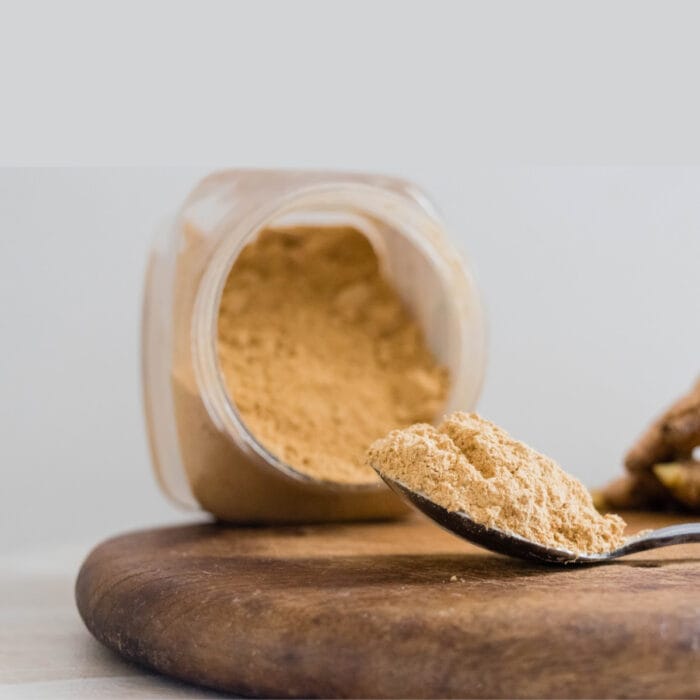
Not only does ginger have a ton of health benefits, but it adds delicious flavor to both sweet and savory dishes.
You can buy fresh ginger root or ground ginger—similar to garlic. Ground ginger is easy to keep on hand to spice up sweet treats, like pumpkin pie and gingerbread, of course!
Lavender
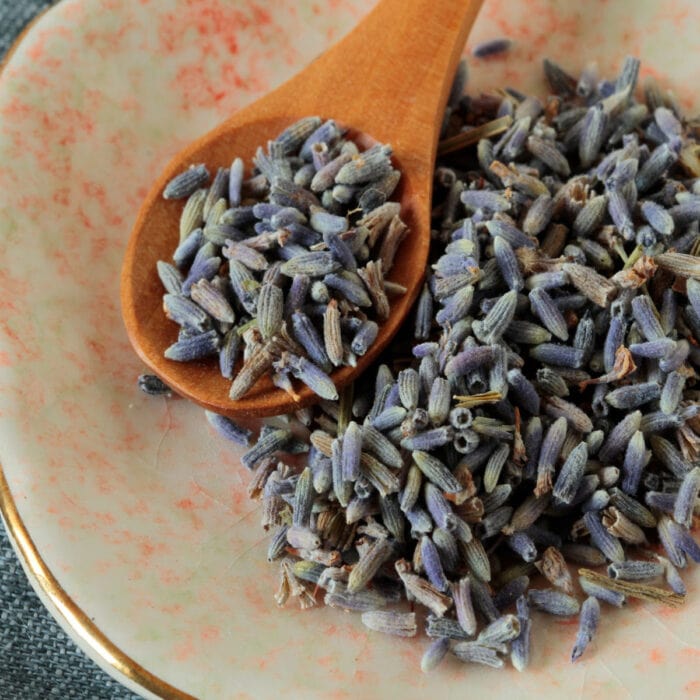
Lavender might remind you of your grandma's flower garden, but it's actually a tasty herb!
Its flavor is mainly floral (of course) but only use a little—too much lavender tends to taste soapy.
We love it in delicate lavender shortbread cookies or paired with citrus, like lavender lemonade.
Nutmeg
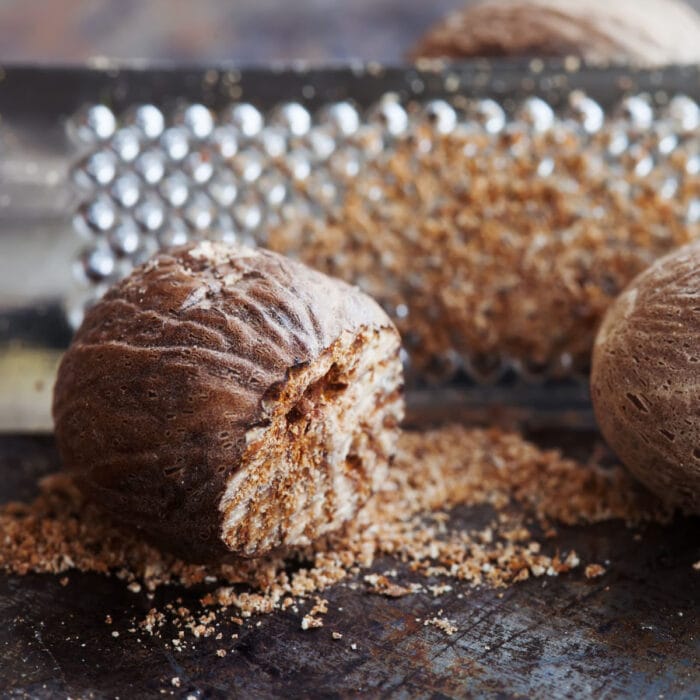
When it comes to nutmeg, buying whole spices is better than going for ground. Whole nutmeg is easy to grind yourself, offering the freshest flavor possible!
Don't save this spice just for eggnog and pumpkin pie. Nutmeg adds an awesome toasted flavor to curries, quiches, and even mac and cheese!
Oregano
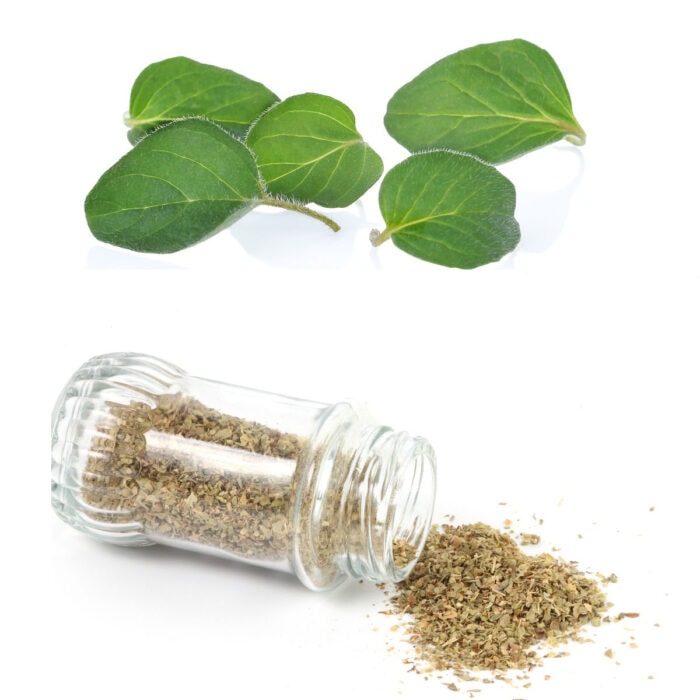
Oregano is a green, leafy herb, similar to basil. It is essential for flavoring pasta dishes, tomato dishes, and many other Greek, Italian, and Mexican foods.
Plus, you almost can't find a Latin or Cajun dish without some Oregano in it. Try it in Copycat Popeye's blackened chicken tonight! This herb will go far in your kitchen.
Paprika
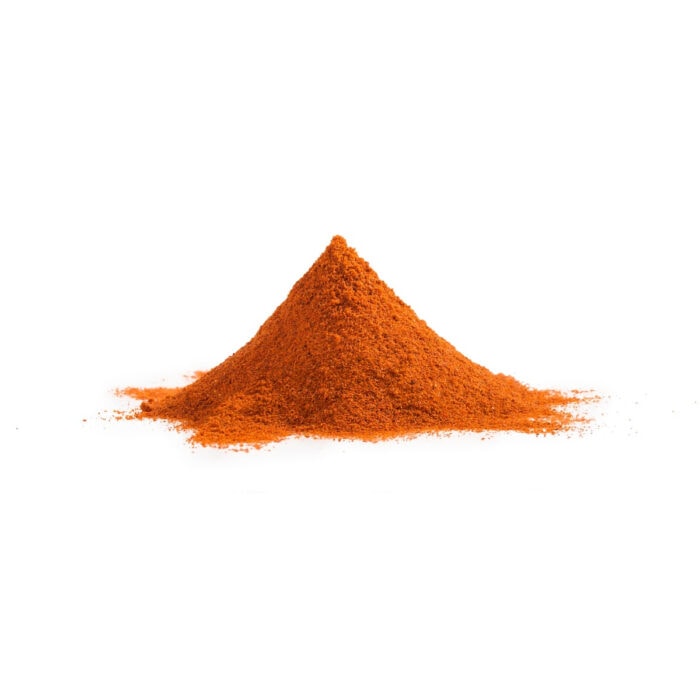
Simple paprika tastes bright and peppery. However, there are three main players in the paprika game: sweet, hot, and smoked. Each version adds a slightly different flavor to the classic spice.
I recommend having all three on hand. Use sweet for dishes like paprikash or add a pinch to mac and cheese. Choose hot when you want some heat, and opt for smoked when making authentic cheesy grits.
Parsley
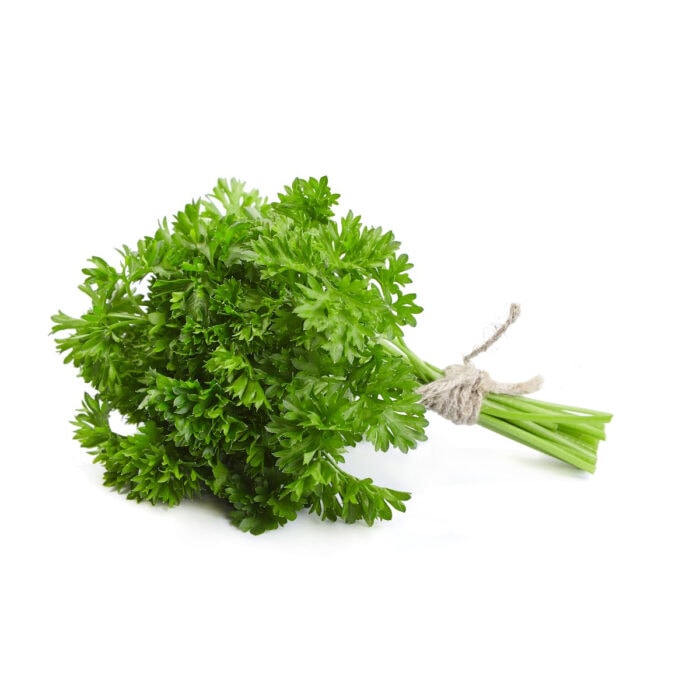
Dried parsley is an Italian staple—you'll usually find it right on the table at your local pizza spot.
For meals that taste homecooked, add a pinch or two of parsley. It's great with pasta, pizza, white and red sauces, casseroles, chicken and noodles, grilled veggies, and more.
Rosemary
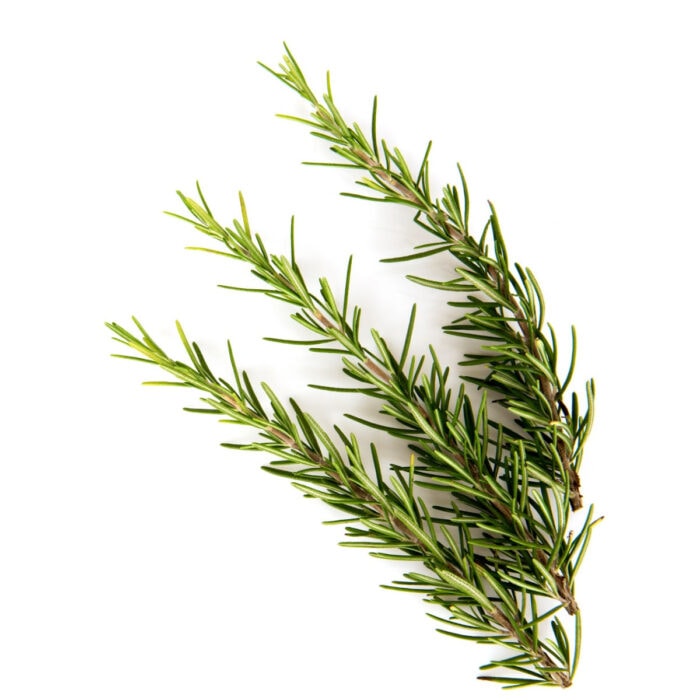
Rosemary is a shrubby, dark green plant. Unlike basil or parsley, you generally don't eat raw rosemary.
Dried rosemary adds fabulous flavor to classic homestyle and Italian meals. We love it on steak, chicken, pork, lamb, potatoes, mushrooms, wine, and more.
Oh, and did I mention it goes great with citrus? Try it tonight on creamy lemon chicken.
Saffron
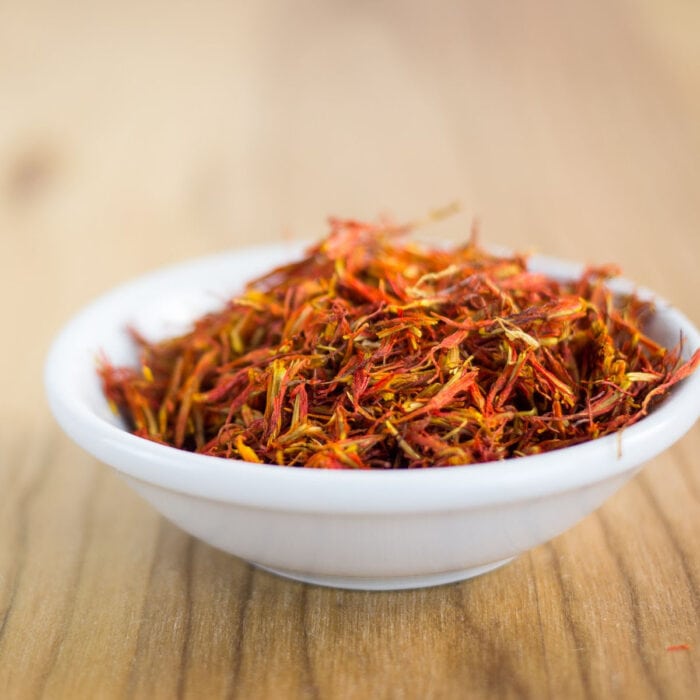
Saffron isn't necessarily a pantry staple, since it tends to have a hefty price tag. However, once in a while, you can find it on sale—grab it when you can!
The red threads of saffron release subtle, floral notes after soaking in water. You can then use the water to add a slight earthy sweetness to rice, pasta, or butter-based sauces.
Sage
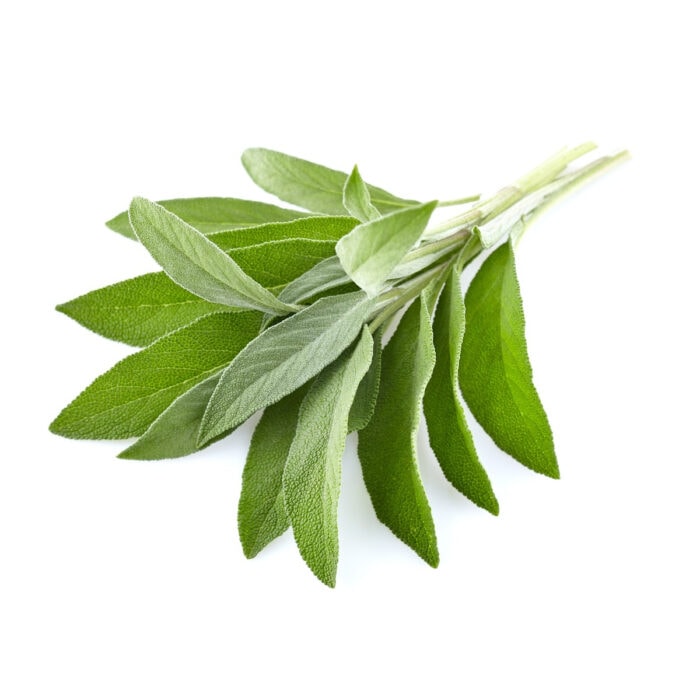
Sage is an aromatic herb, easily identified by its larger, fuzzy leaves.
It adds an earthy, musky flavor to European dishes and American holiday classics, like stuffing and poultry roasts.
Some say that sage tastes like a home-cooked meal! However, it's best used dried, or fried in butter. (Fresh leaves are too bitter to eat raw as garnish.)
Thyme
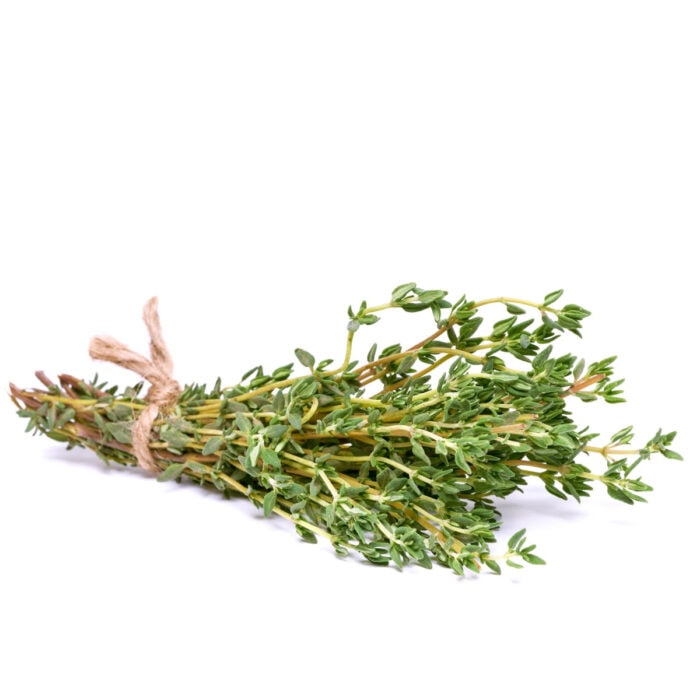
When many people think "Thanksgiving," they usually start to smell thyme. This fragrant, dried herb isn't exclusive to holiday celebrations, though.
It's great on any meat, like brined and roast chicken, as well as with mushrooms, sweet potatoes, mashed potatoes, and veggies.
Turmeric
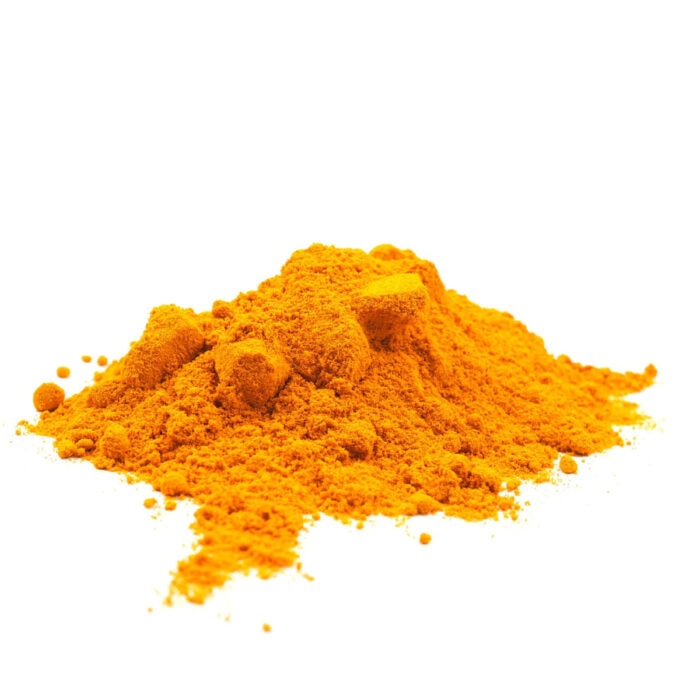
This bright, yellow spice has gained popularity recently because of its incredible health benefits. (Heard of golden milk?)
Like ginger, its warm, peppery flavor enhances both sweet and savory dishes. Use it in beans, rice, sauces, and marinades to amp up the flavor of your dish.
Salt and Pepper
Not all salt and pepper are created equally. In fact, using the proper kind can make (or break) your favorite recipe!
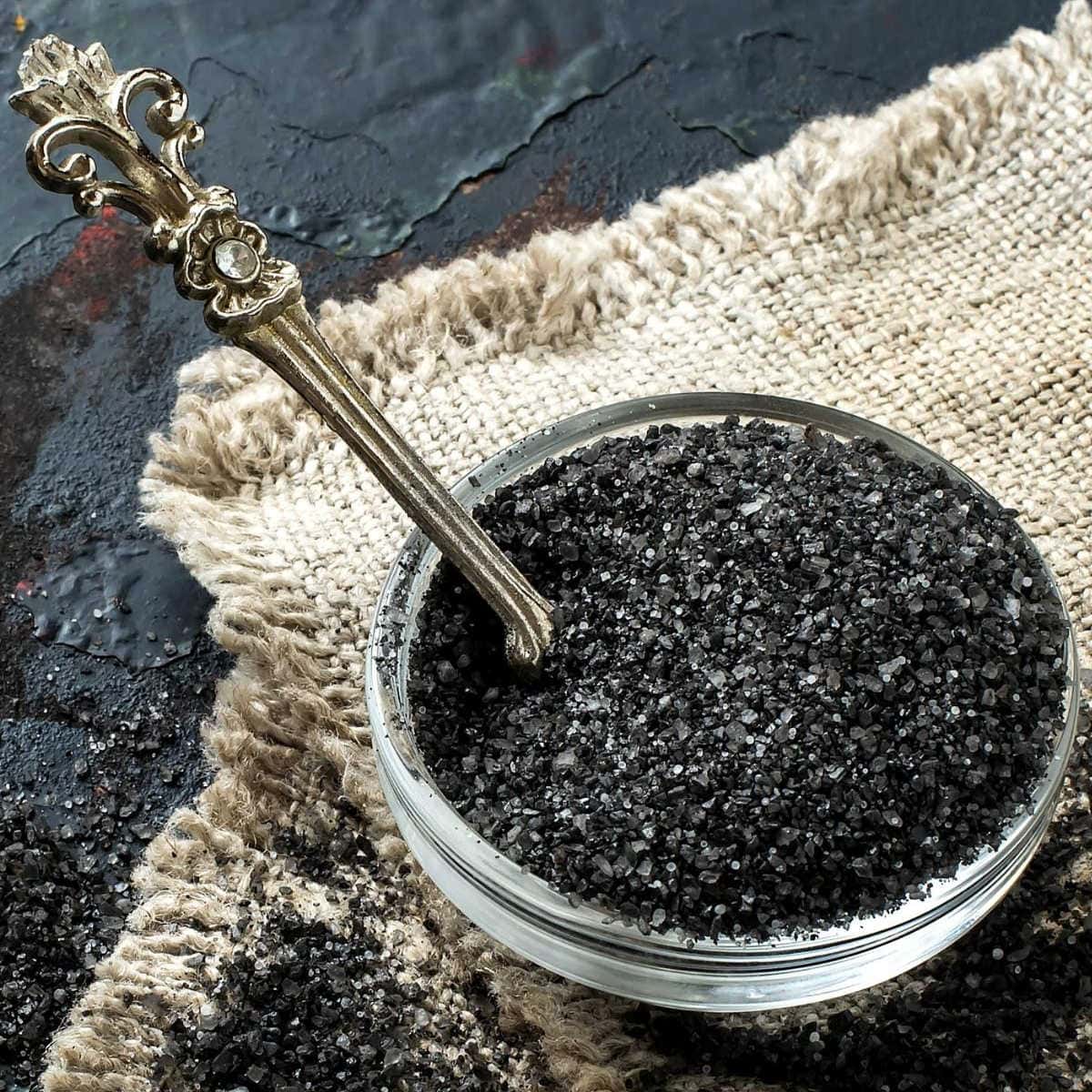
Salt
If you're already scratching your head in confusion, don't worry. Here's an easy breakdown of the different kinds of salt and when to use each.
- Sea Salt—comes from the sea, and contains additional minerals. Sea salt is crunchy (since the grains are larger) and has quite a salty flavor.
- Kosher Salt—largest, coarsest grain of salt, and the most versatile. It dissolves quickly which helps when seasoning meals. This is the one I recommend the most and is an essential ingredient in my recipes!
- Finishing Salt—finishing salts are granular and uneven, which makes them perfect for decorating (or finishing) a meal. They're sometimes flavored, too. They're a good final touch, but not ideal for cooking.
- Table Salt—a very fine grain of iodized salt. It's called "table" salt because you'll usually find it served in a salt shaker at dinner. The small granules make it easiest for measuring out small, precise quantities, like when baking bread, cake, and other goodies.
Pepper
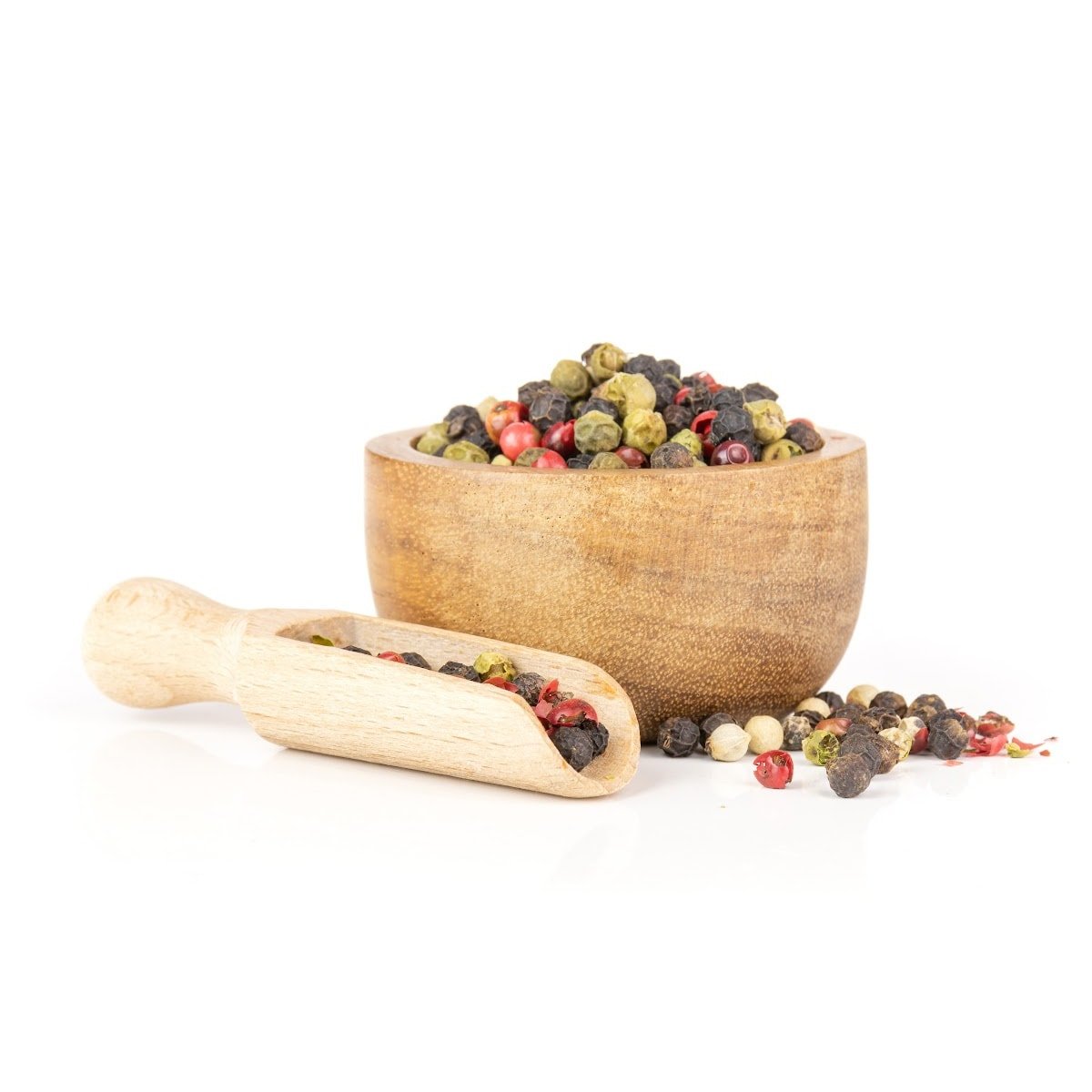
We can't talk about the best spices and herbs without touching on a big one: peppercorn.
- Pink—pink peppercorns are slightly sweeter and mild in spice. This makes them a great candidate for mild dishes, like butter-based sauces, seafood, and even certain desserts!
- Green—green peppercorns are milder than black since they're picked before the plant matures. They're great on fruity dishes and game meat.
- White—white peppercorns start off like black but are picked at peak ripeness and soaked until the outer shell comes off. The flavor is grassy and mild.
- Black—black peppercorns are picked before peak ripeness and allowed to dry, which causes them to turn black in color. They have a fresh, black pepper flavor.
It's best to use a pepper grinder to crack whole peppercorns fresh, rather than buying ground pepper. Though they come from the same plant, freshly cracked pepper has tons more flavor. Ground black pepper tends to taste dull and stale.
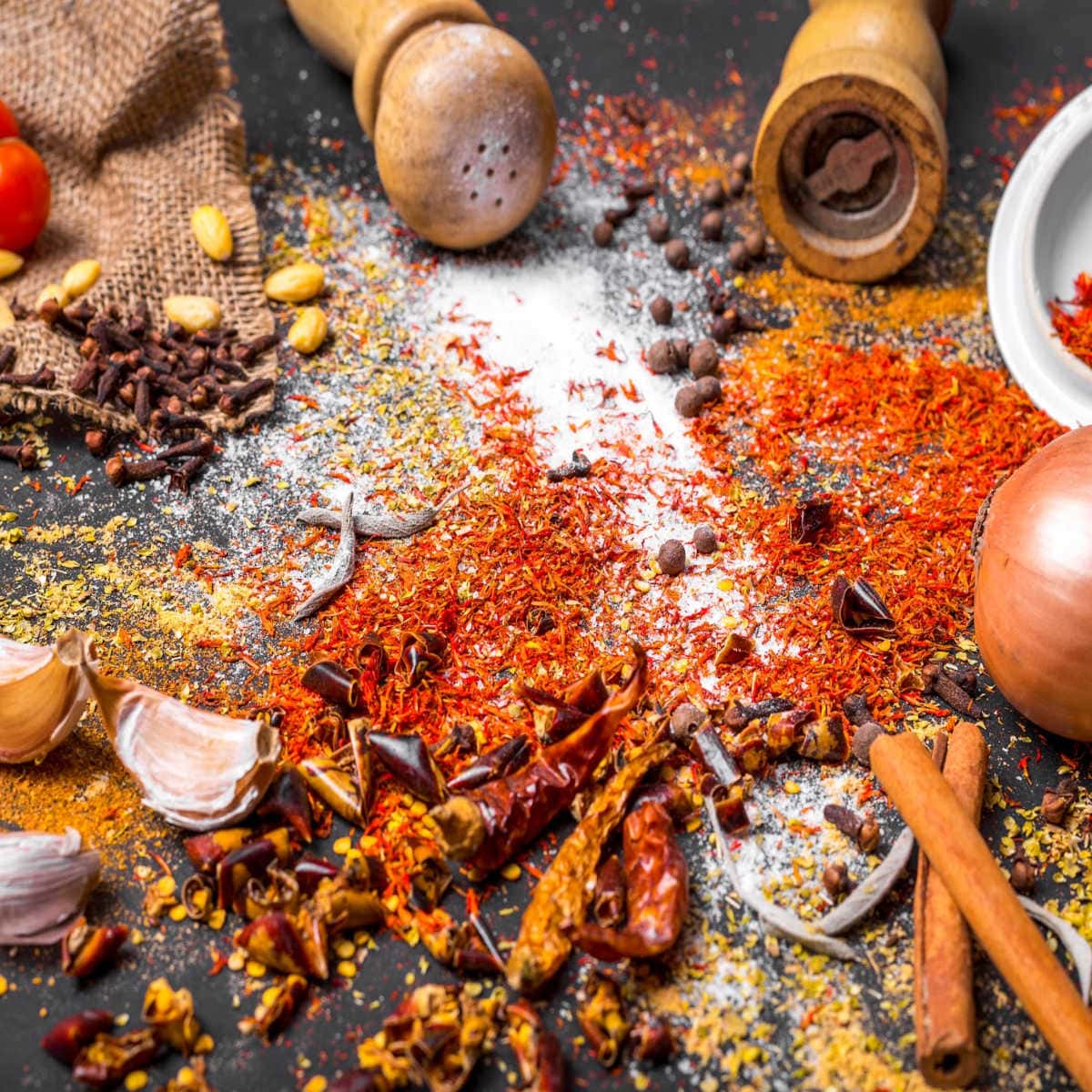
Herb & Spice Blends
Spice rubs and herb blends are a great hack to speed up prep. Instead of pulling out lots of different spice bottles, just use one and you're good to go!
Don't get swept up in the excitement and replace all your spices with spice mixtures. By doing so, you'll start to lose some of the versatility that makes cooking with herbs so fun.
Here are the main herb and spice blends that every kitchen needs!
Chili Powder
Chili powder is made with different types of chilies to create a unique, spicy, smoky seasoning. It's used in almost every style of cooking, including Mexican, Tex-Mex, American, Asian, and Indian cuisine.
I recommend making your own chili powder with Ancho chilies for the most amazing, mouthwatering flavor you can brag about!
Herbes de Provence
Herbs de Provence comes from southern France and refers to a tasty blend of fragrant, dried herbs. It generally includes rosemary, thyme, marjoram, basil, and oregano.
If you find yourself gravitating towards European-style pasta, meat dishes, or homemade gravy, you might like to grab a bottle of Herbs de Provence. Otherwise, just use the herbs you've already stocked in your pantry!
Curry Powder
Many home chefs like to keep a bit of curry powder in their spice rack for Indian-inspired dishes. The bright yellow spice blend is made of mostly cumin and allspice.
Curry powder tastes great with white meats, soups, and stews. You can add it to a simple white sauce and spoon it over chicken and rice!
Cajun Seasoning
Slap Ya Mama and Tony Chachere's are household brand names for a good reason. Cajun seasoning blends are made from different types of peppers, onion powder, garlic, paprika, and other delicious, tangy flavors.
I prefer to make my own Copycat Tony Chachere's Seasoning. It's easy and cheap to do! Then, we slap it on everything from chicken and pork to potatoes and veggies that just need a little kick.
Montreal Steak Seasoning
Montreal steak seasoning is a simple blend of salt, peppers, garlic, and onion. It's a great building block for flavoring meats and veggies because it goes well with just about anything.
If you grill a lot, you might consider adding a steak seasoning blend to your spice cabinet. It's a quick way to add some basic flavors to your dish. Plus, you can always change up the flavor of your meal by adding other spices and herbs, too.
Spices, Herbs, and Blends for Every Kitchen
Spices aren't just for spicy foods. Used properly, herbs and spices are a great addition to any type of cuisine and meal.
They enhance the flavor profile of whatever you're making, without adding hardly any time, cost, or effort to the cooking process.
Simple, good flavors that get friends and family excited to gather around your dinner table—after all, isn't that what food is all about?

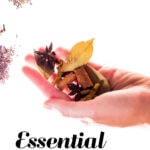
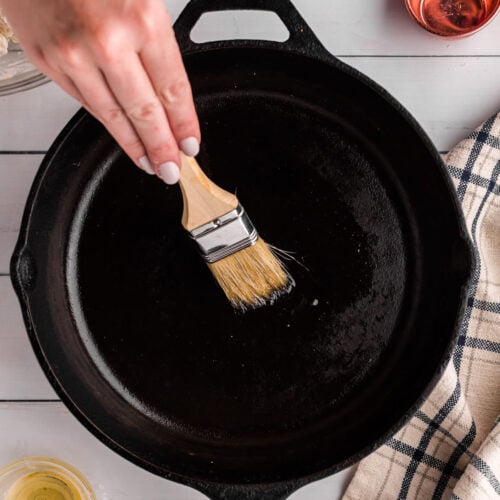
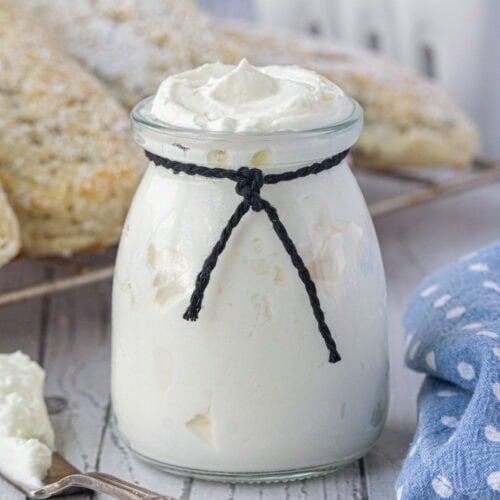
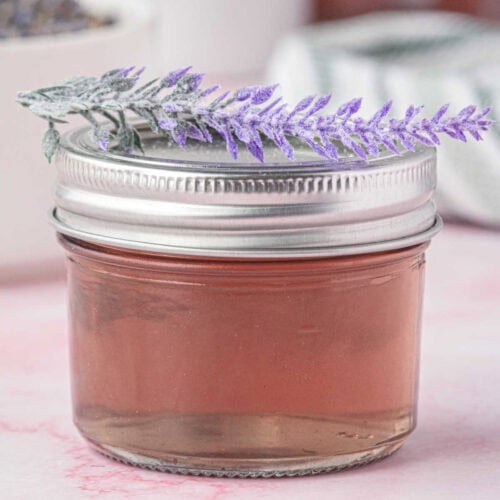
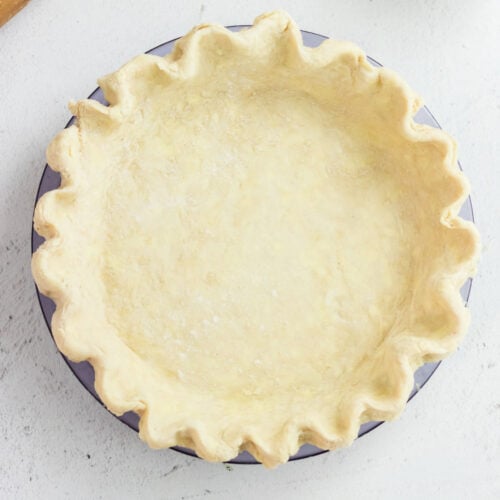
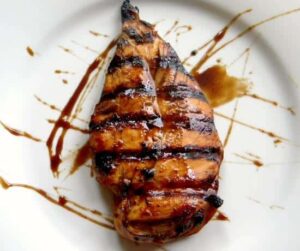
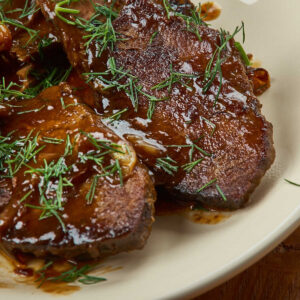
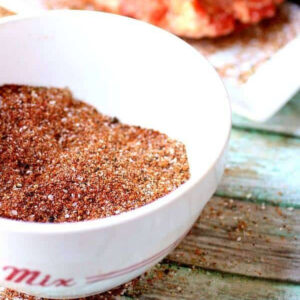
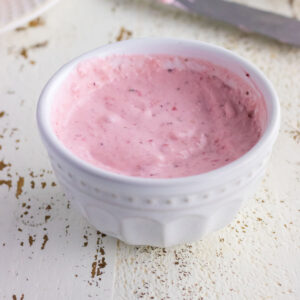
Cindy says
I'm really working on expanding my cooking skills and knowledge, and this is super helpful. Thank you!
Camden says
This is an informative list of kitchen spices! Very helpful!
Alyssa says
This is a great list of essential spices. It is helpful to know the spices to keep on hand in the kitchen, so you always have what you need!
Kristen says
This list of essential spices is SO helpful! I don't have much in the way of a spice rack or drawer, and I have been slowly trying to build one up! Thank you for the info!
Cynthia says
You've put together a great list of kitchen spices!
Brittany says
I remember receiving a pre-filled spice rack for a wedding present and never using half the spices. This is such a wonderful lineup of essential spices that would make a great (and useful) gift for any newlywed!
Carol fox says
I love how you talk to us and then give it all look forward to every day emails lhave coffee and space out Thank you for all of it looking foreword to more each day FromCarol in Canada
Marye says
Aww thanks Carol!!